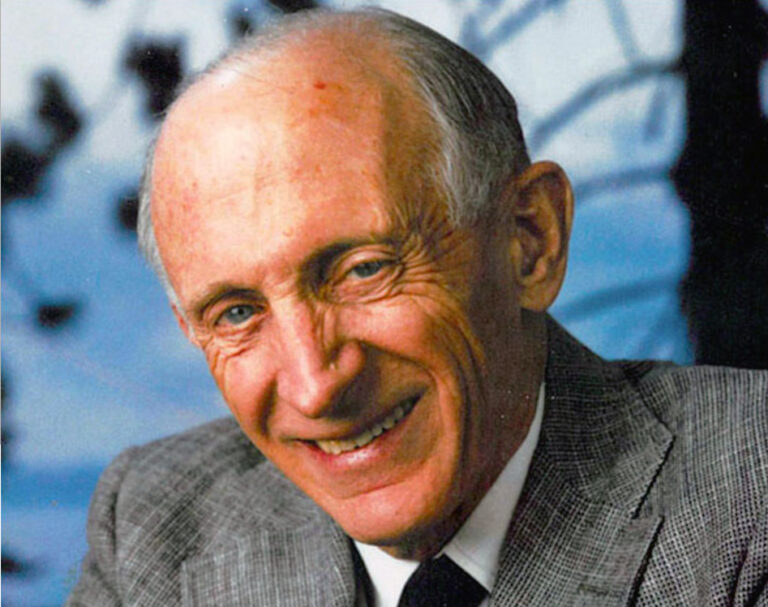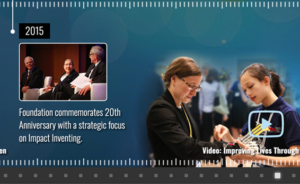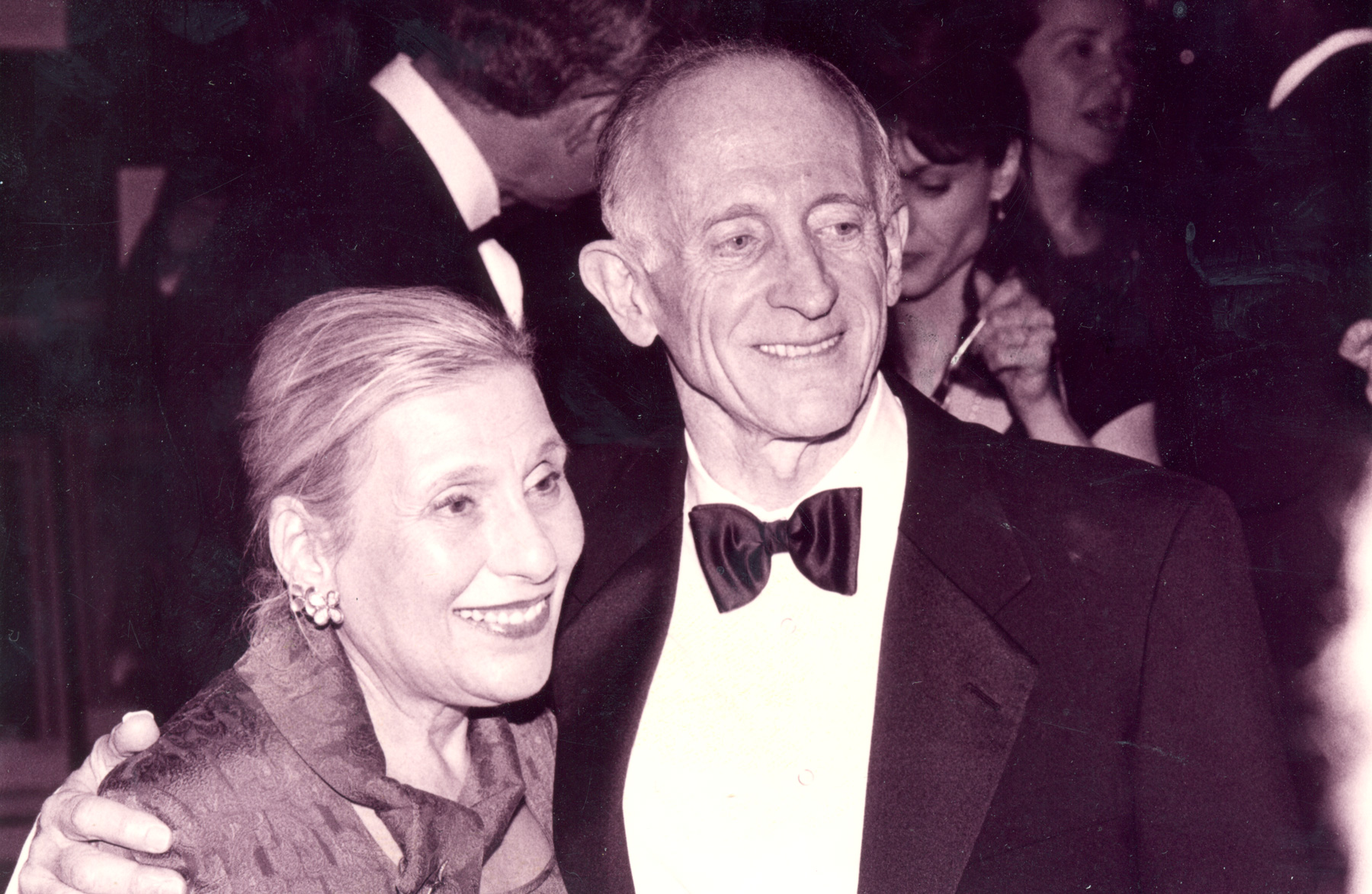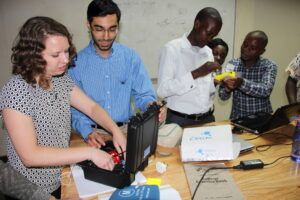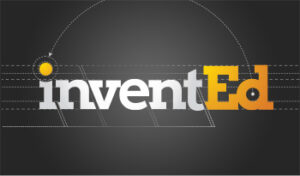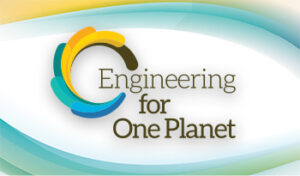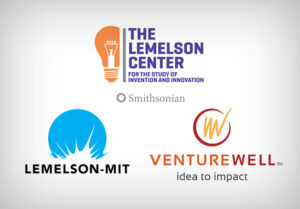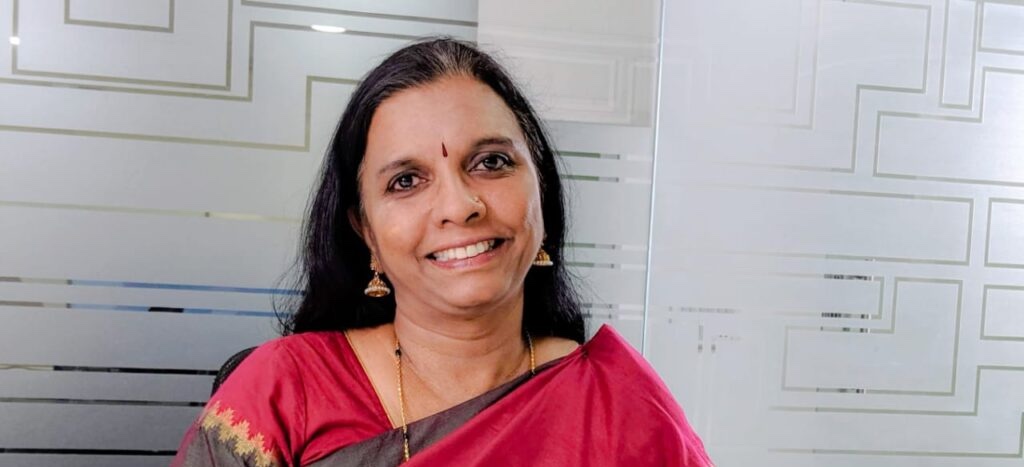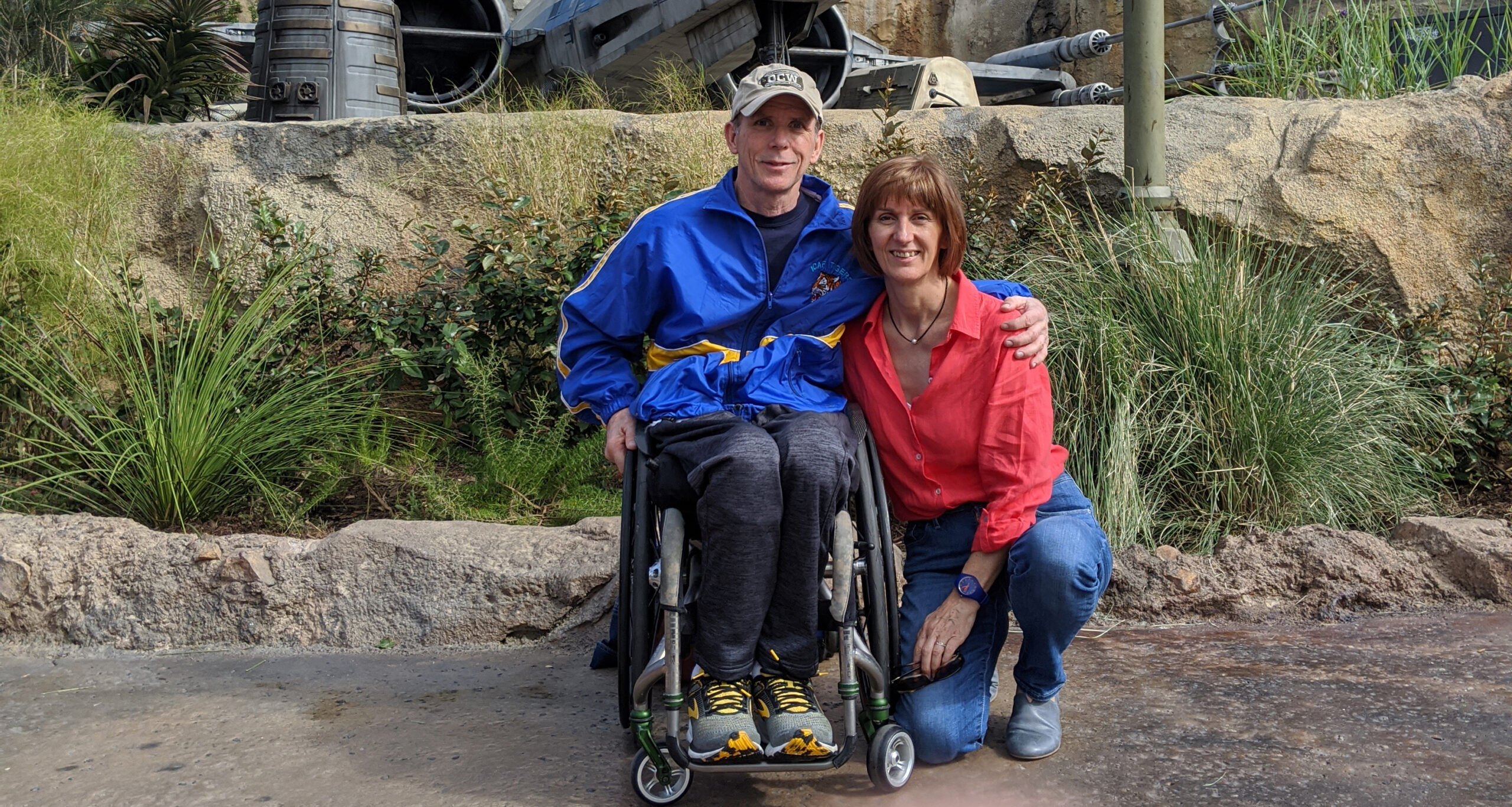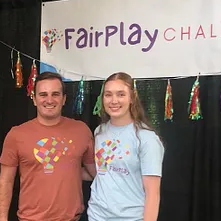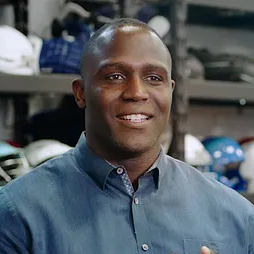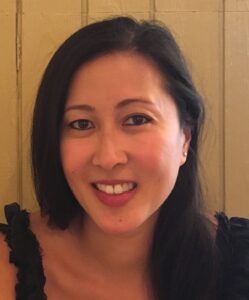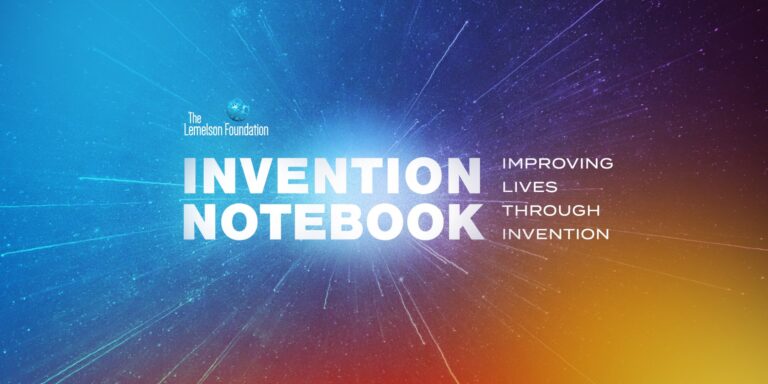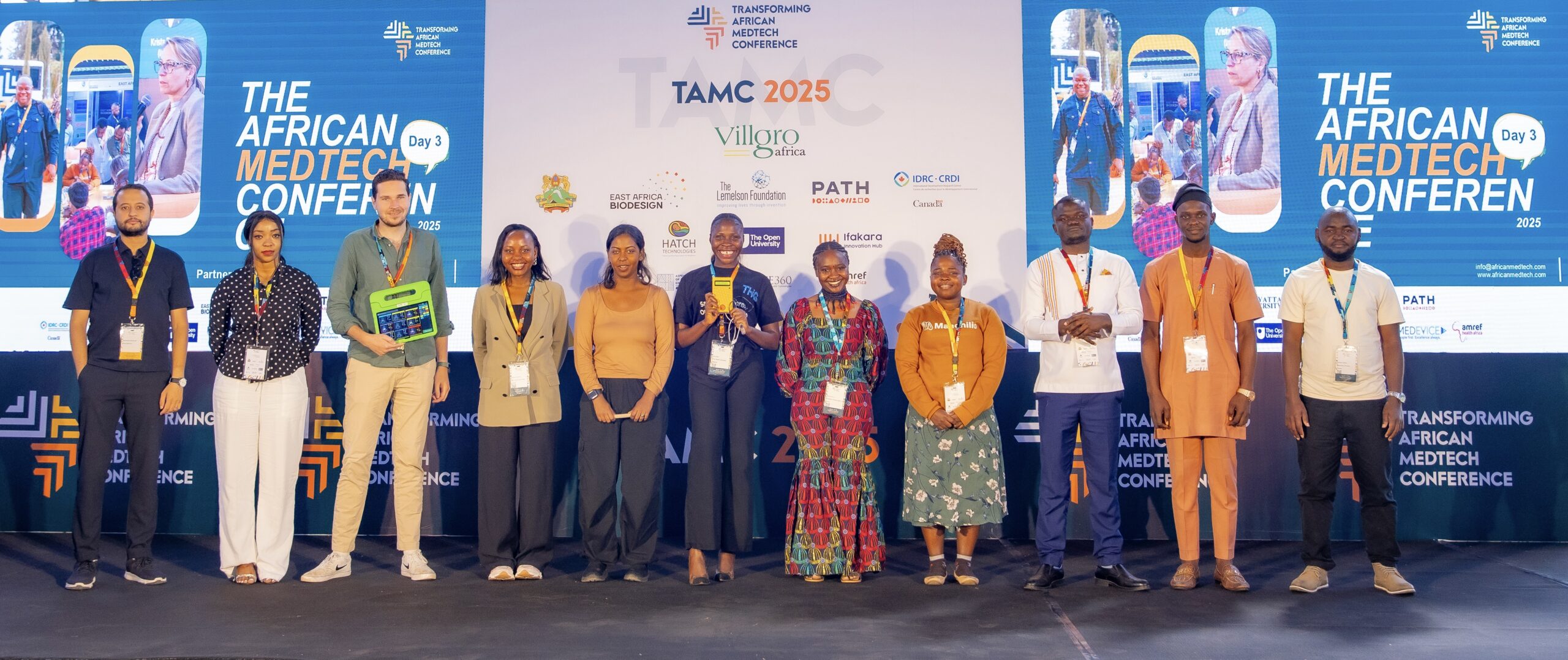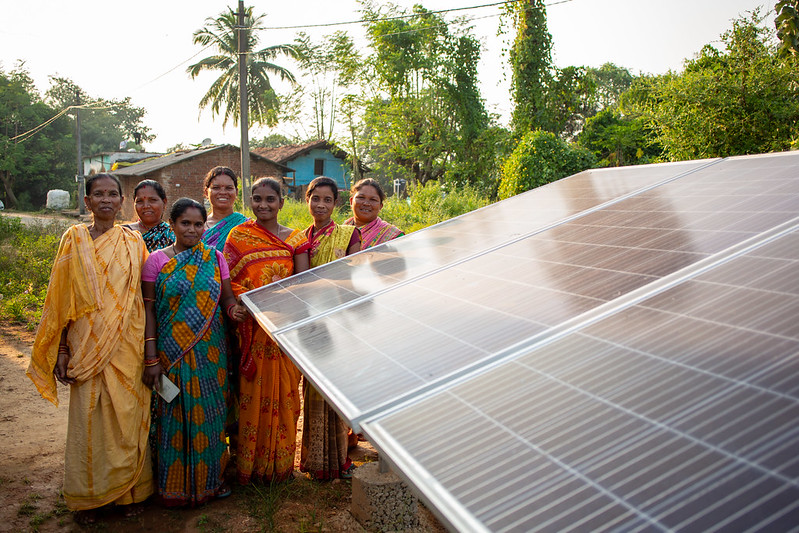From Nature to New Materials: This MIT Professor’s Inventions Are Rooted in Biology
min read
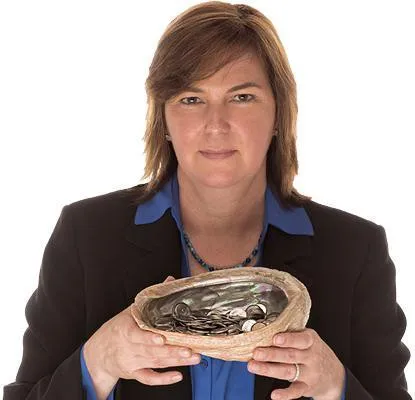
An abalone shell inspired Angela Belcher to pursue a career in engineering and cancer research.
The notion that nature is full of inspiration is at the heart of Angela Belcher’s work — and it’s what set her own career in motion. A prizewinning inventor, including the 2013 Lemelson-MIT Prize, and MIT’s James Mason Crafts Professor of Biological Engineering and Materials Science and Engineering, Belcher looks to ancient organisms to inspire new technology.
Nature has its own design processes, and the materials that it makes are not only environmentally-friendly but also durable and exquisite, says Belcher. So what if, she wondered, there was a way to take DNA sequences that code for proteins, but instead use them to build better and more efficient materials, that then become the building blocks for our modern technologies?
Learn more about the social and economic impact of invention through the RAND report “Measuring the Value of Invention” and the lens of twenty-five years of the Lemelson-MIT (LMIT) Prize.
These are the kinds of questions that Belcher encourages her students to ask — and answer — at her lab. In particular, her work focuses on using bacterial viruses that are not harmful to humans, and that can bind with non-organic materials and self-assemble into non-toxic components needed for a variety of products.
She’s already used these techniques to grow batteries that are soft, flexible and have better conductivity, and solar cells that have increased energy efficiency. It’s also what drives her work in cancer research, which includes developing new materials that will aid in early detection of ovarian cancer.
Belcher has successfully commercialized her inventions, founding two companies, Cambrios and Siluria Technologies. The former, whose name is derived from the Cambrian geologic time period — “when there was an explosion of new life-forms,” she says — makes transparent conductors for touchscreen displays on hand-held electronics and smartphones. The latter is named after the Silurian period, another significant time for the growth of life on Earth, and is pioneering the production of fuels and chemicals made from natural gas.
We spoke with Belcher about her work, her inspirations and her thoughts on invention in the classroom.
This interview has been edited for length and clarity.
In a nutshell, what is the focus of your work?
Throughout my career, my interest has been to understand how biology makes materials — because it does so in a way that’s very compatible with the environment. When biology makes materials, it doesn’t use anything toxic and it doesn’t add anything toxic back into the environment. So during my career, we’ve tried to understand the basic science of how that works and develop new technologies based on this idea of environmentally friendly engineering of materials that are important for the world.
What was your inspiration?
The ideas came from the abalone shell, which is a biocomposite material. It’s 98 percent by mass calcium carbonate and two percent by mass protein. So it’s basically chalk. The proteins are made out of amino acids that aren’t that different than materials like your hair.
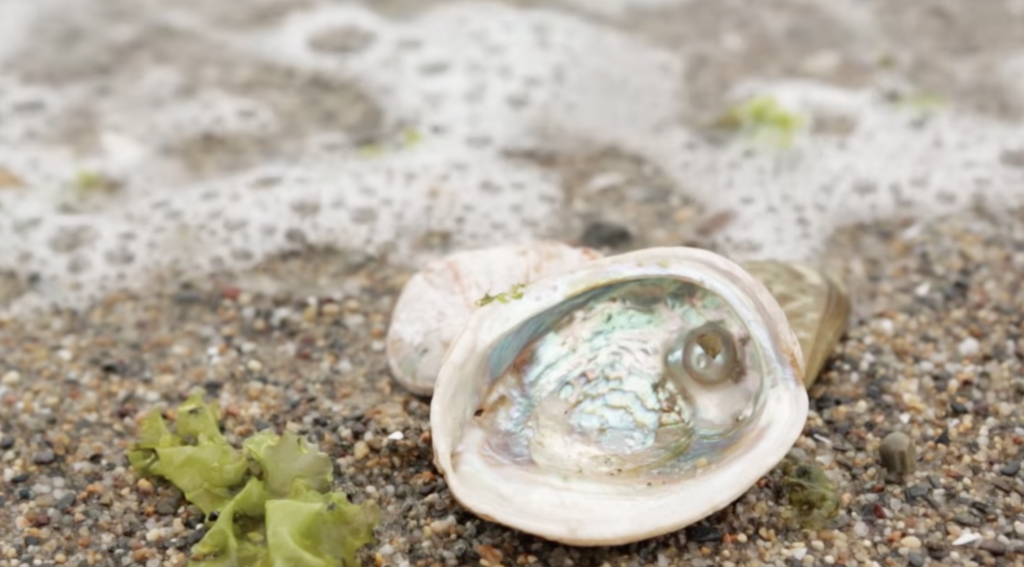
The abalone shell is a really strong, tough structure that’s made out of very earth-abundant materials. To me that’s fascinating — it’s a template, it has a DNA sequence that codes for its protein that directs it to build an exquisite material in an environmentally friendly way.
But over time, organisms learn to change what they use their proteins for. Instead of using them for certain functions inside the cells, they use them to grab elements from their environment and build exquisite nanostructured materials. Wouldn’t it be great if everything could be manufactured in that way? What if we could make solar cells that way? What if you could make batteries that way — find a DNA sequence that codes for a protein, but instead of building an abalone shell, it builds a battery?
Can you talk about the health applications of your work?
We’ve spent the last couple of years really trying to jump into and design new materials for early detection of ovarian cancer. I work with other scientists and engineers, and we’re all dedicated to the goal of making advancements in treatment. Our approach is basically creating new nanomaterials that could actually seek out cancer cells and help us detect them at a much earlier stage.
I like to make things, specifically by taking atoms and shaping the way they’re put together. Because when you take a couple of atoms and you arrange them in different ways and pack them in different ways and build them into different shapes, it changes their properties. The properties can be better solar cells, and they can be better materials for batteries and energy storage, but they can also be better materials for cancer diagnostics and imaging. To me, it’s all about atoms and how you arrange them.
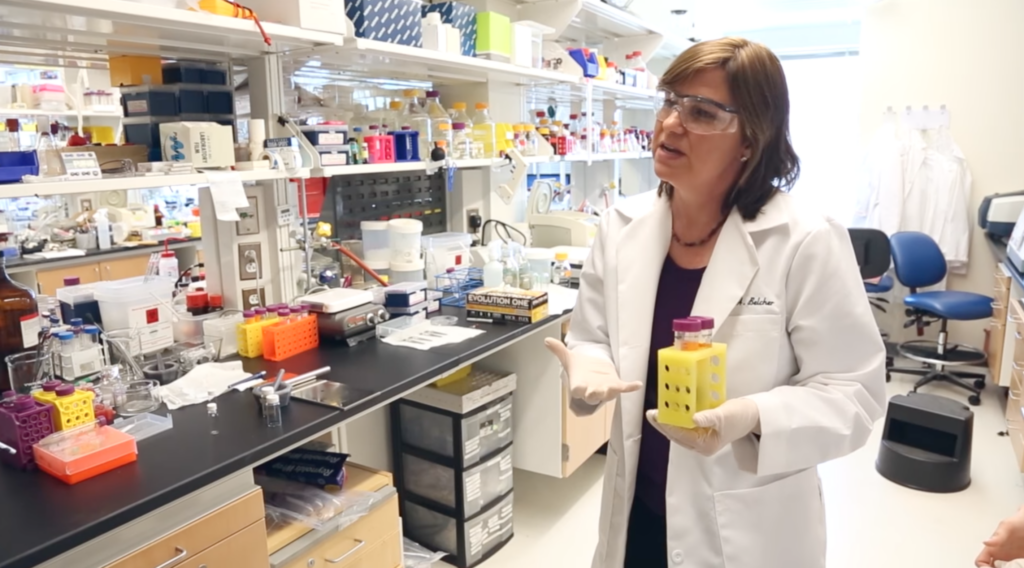
How do you use your platform to inspire the next generation of inventors?
I like creating new ways of encouraging kids to be inventors and encouraging kids to embrace science and engineering, particularly for applications and inventions that can change the world. That’s been interesting to me since I was an undergraduate, but it’s even more interesting to me now because we’re in such a place on the planet where we really need new ideas and new inventions — especially in the areas of food and water and energy and health. My generation is doing a pretty good job, but we really need the next generation, because it’s going to impact them the most. We need the best and the brightest kids and we need their ideas, excitement and enthusiasm.
How can Invention Education spark that interest?
It’s about captivating the imagination and helping to generate that initial spark. We might have been taught that inventors are these brilliant people who lived fifty years ago. But I think it’s important for kids to realize that they possess that same capability. They can make the world a better place and then learn how to act on it. Their ideas and creations won’t be perfect the first time, and that’s not important. What’s important is giving kids the power to realize that they too can be inventors.
I’ve been working in K-12 classrooms since I was an undergraduate. It’s something I’ve always been very passionate about, and to me integrating more Invention Education possibilities into schools would be fantastic.
When you’re in a classroom and you see that spark, how does it make you feel?
Well, it’s definitely fun. It’s very energizing and it gives me a lot of hope for the future. We’re at a point where there are so many pressing issues across the planet that need solutions. I think a lot of those solutions can be technological, and showing the next generation that they have the ability to create them is very rewarding.
Rarely are kids bored when you give them interesting experiments to do and interesting design parameters. I just never see that. I see them jumping out of their chairs, excited to participate. And I think that’s the part that we need to encourage. It’s basically getting them to the table, showing them that they don’t need to be a genius. It’s a matter of playing around. It’s a matter of thinking, dreaming and brainstorming. And realizing that these ideas can come together to set forth technological solutions. You don’t have to know everything when you walk in the room. You just have to be willing to show up.

Important Disclaimer: The content on this page may include links to publicly available information from third-party organizations. In most cases, linked websites are not owned or controlled in any way by the Foundation, and the Foundation therefore has no involvement with the content on such sites. These sites may, however, contain additional information about the subject matter of this article. By clicking on any of the links contained herein, you agree to be directed to an external website, and you acknowledge and agree that the Foundation shall not be held responsible or accountable for any information contained on such site. Please note that the Foundation does not monitor any of the websites linked herein and does not review, endorse, or approve any information posted on any such sites.

